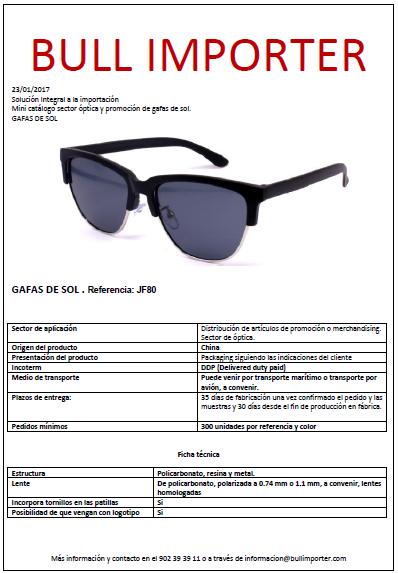More and more entrepreneurs are opting to manufacture clothing in Bangladesh. One of the main reasons why the country has become a major textile factory is the reduction of tariffs to 0%. This measure benefits European importers and the Asian country itself, which has seen the textile sector as an important source of income for its population.
According to recent data provided by the World Trade Organization (WTO), Bangladesh is now, behind China, the second country in garment production. The textile sector accounts for 78% of Bangladesh’s exports, equivalent to about 20 billion euros. The main recipients of the production are the United States and Europe. Such is the interest of importing countries that clothing manufacturing represents 17% of their Gross Domestic Product (GDP). The textile industry employs over three million people.
The entry into force of the Trade Facilitation Agreement and the elimination of tariffs for importing clothing from Bangladesh offer a great opportunity for entrepreneurs in the Spanish textile sector.
A promising future for clothing manufacturing in Bangladesh
For companies wishing to import or manufacture clothing in Bangladesh, low production costs and the elimination of tariffs are two significant incentives. However, it must be said that the wages received by workers are in line with the average salaries in that country. The cost of the garment is evenly distributed between wages and raw materials.
One of the most cumbersome problems faced by entrepreneurs interested in importing or manufacturing clothing in Bangladesh is the excessive and slow bureaucratic procedures. To combat this barrier and promote international trade, members of the World Trade Organization (WTO) have recently ratified the Trade Facilitation Agreement (TFA). The main objectives of this agreement are the simplification, modernization, and harmonization of export and import procedures. To this end, a series of measures aimed at improving cooperation between customs authorities have been established. Once the TFA has reached optimal levels of implementation, it is estimated that international trade costs will be reduced by an average of 14%, which will serve to boost both import and export.
Bangladesh will be one of the major beneficiaries of this agreement. With these measures, clothing manufacturing is expected to exceed 12% annually. Producing low-cost clothing with quality standards above average is possible because manufacturing companies tend to reduce their profit margins by increasing, in return, the minimum units required in orders. This achieves a balance point that compensates for wage increases and working conditions. Bangladesh’s involvement in the textile industry is such that there are numerous universities dedicated to textile engineering and technology, fashion, creative technology, design, manufacturing, and related subjects.
The long tradition of the textile industry in Bangladesh, respect for quality standards, and tax-free trade agreements with the European Union, along with all of the above, represent an interesting business opportunity for entrepreneurs wishing to manufacture clothing in Bangladesh.
Why Trust Bull Importer for Clothing Manufacturing in Bangladesh
Manufacturing clothing in Bangladesh is straightforward when you entrust purchasing and importing management to a company with experience in negotiating with Asian suppliers and streamlining bureaucratic procedures. Bull Importer acts as a purchasing department, locating approved suppliers and negotiating the best price for you.
We study the minimum orders required by factories until we find the one that best suits your needs. It is possible to agree on productions starting from 500 units per fabric and color that offer good profitability, although the best profit margins are achieved with larger orders. We negotiate the price to achieve savings of around 40% compared to other Asian suppliers.
You only need to provide detailed characteristics of the garment or provide a sample. Knowing the dimensions, type of fabric and its composition, weights, weaves, threads, colors, prints, and type of customization (logo, embroidery, screen printing, or others), we can send you a sample of the garment to verify that everything is correct before starting production.



